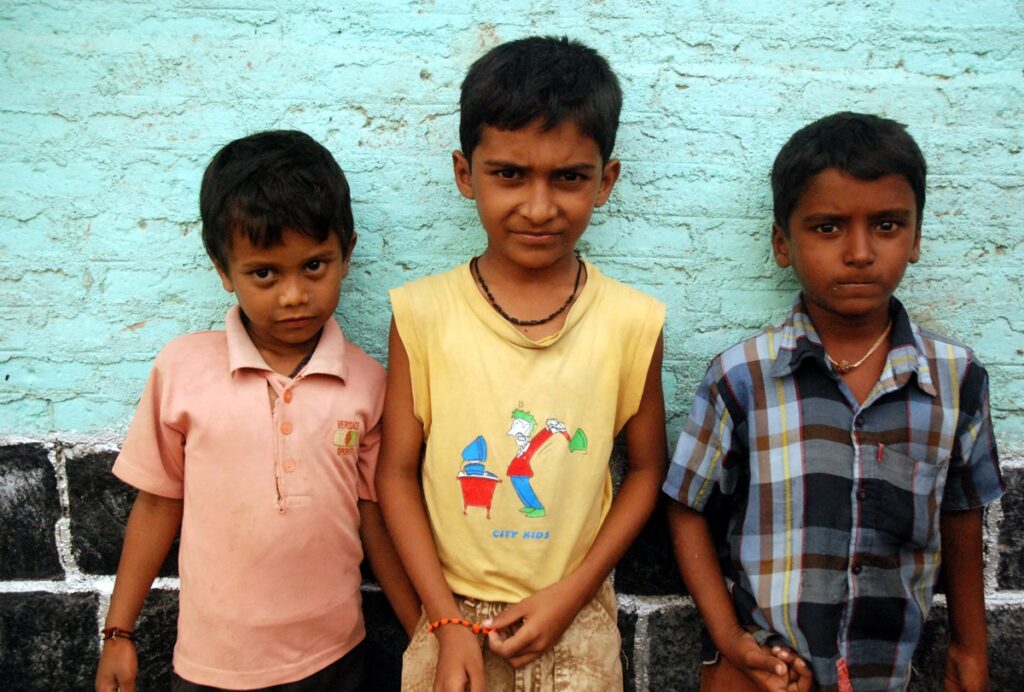
The Intersection of Poverty and Child Labour in India
Child labour and poverty are deeply connected issues in India, with millions of children forced into work due to economic necessity. This harmful....
Read More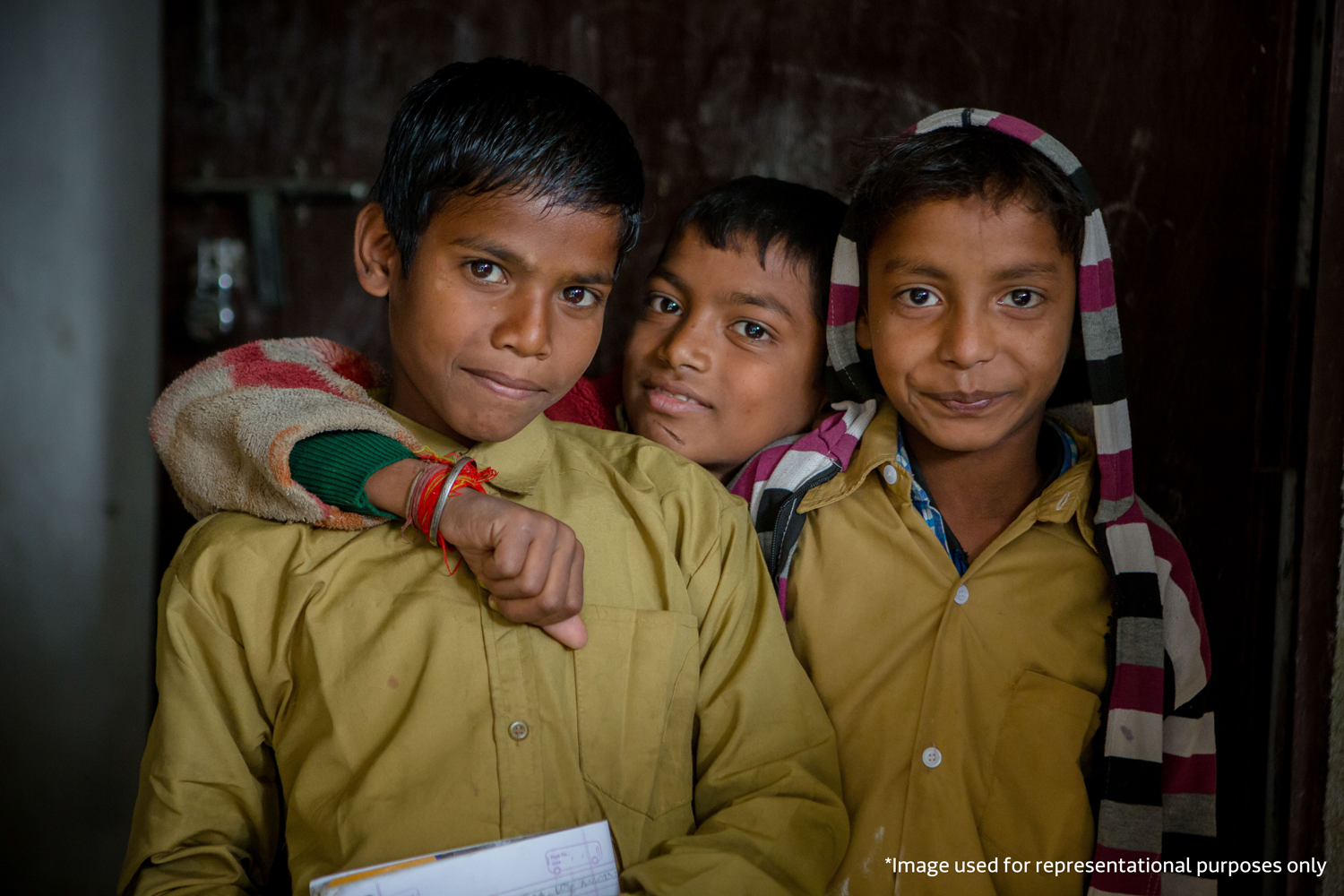
Over 30% of the extremely poor children living in India alone. More than 80% of children living in extreme poverty reside in rural areas (UNICEF, 2016). In fact, since COVID, 150 million children around the world have entered into poverty. These children's struggles go beyond financial hardships that impact the essence of their daily lives.
However, before everything, poverty takes away the basic rights of these children — the right to education, the right to opportunities, and even basic resources. Also, the lack of financial resources leads to malnutrition and poor living conditions, which can have long-lasting effects on a child's physical and mental well-being.
Not only that, but inadequate sanitation facilities and unsafe drinking water in slum areas make children more susceptible to diseases and infections. Thus the impact of poverty in India is profound, affecting millions of lives and hindering socioeconomic progress.
When we analyze the condition of underprivileged children, we can easily see the short-lived and long-term effects of poverty on them. In this, the biggest impact can be seen on:
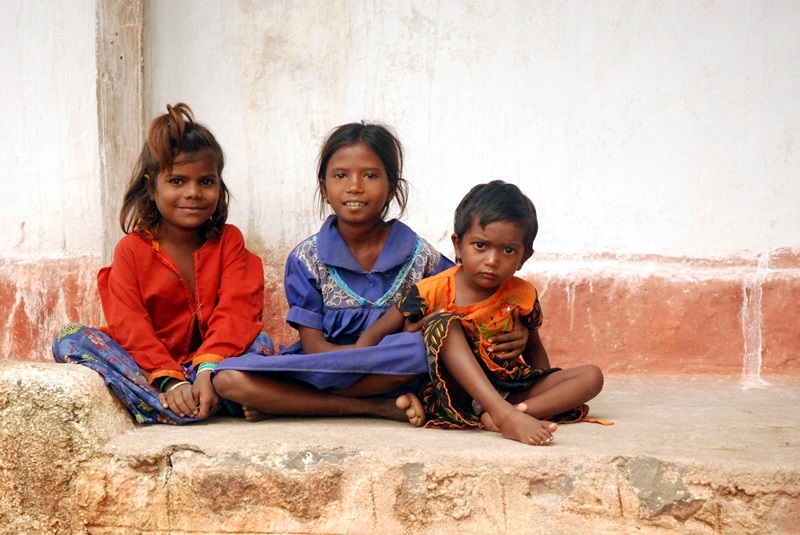
Based on a survey, in 2014, the number of out-of-school children decreased to an estimated 6.1 million from 13.46 million in 2006. Out of 100 pupils, 29% of girls and boys drop out before finishing the entire cycle of primary education, and these are frequently the most marginalized youngsters (SRI-IMRB Surveys, 2009 and 2014).
CRY India NGO working for child education, is dedicated to its objective of providing every child with a joyful, healthy, and creative childhood experience. Also, we ensure that children have access to free, high-quality education and are protected from assault, abuse, and exploitation.
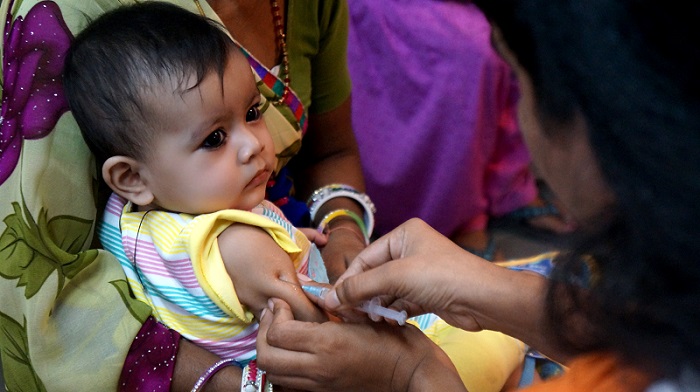
About 7.44 crore children under the age of six were measured, out of whom 37.51% of them were stunted, 17.43% were underweight, and 6% children under 5 years are wasted (Poshan Tracker Data, Nov 2023). Health is another irrefutable area of a child’s life that gets ignored in poverty-ridden families. As NFHS 4 2016 shows, every 3rd child under 5 years of age in India is stunted/severely malnourished. This is also due to a lack of awareness that leads to severe health issues early in life. Many children do not receive complete immunizations, adequate diet etc. which worsens their condition.
Limited access to healthcare worsens these challenges, contributing to high infant mortality rates due to inadequate maternal care and post-birth support. To assist these children, CRY India NGO works for children health & nutrition with parents, teachers, Anganwadi workers, communities, district and state-level governments as well as the children themselves to create a sustainable change. We additionally foster home-grown kitchen gardens to ensure high-quality food and meet nutritional needs.
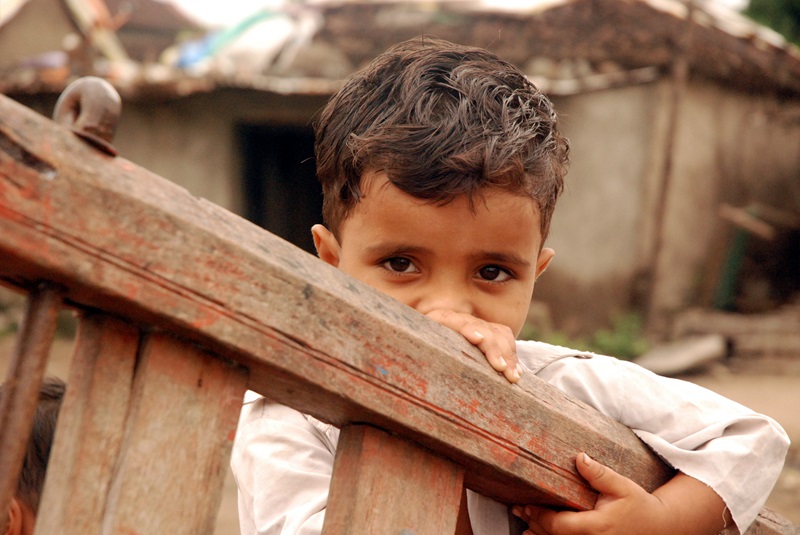
Due to financial difficulties, kids end up working early in life, doing jobs in places like restaurants, shops, or factories. This situation not only takes away their chance to enjoy childhood but also affects their growth. These children miss out on school and face limited opportunities, making it harder for them to have a brighter future.
Poverty also gives rise to another major social issue in India that is multiplying at an alarming rate – child labour. According to the Census 2011, there are more than 10 million (under the age of 14) working children in India. Many families send off their children to do odd jobs (restaurants, shops, factories and other illegal activities) to bring in some money to feed the many starving bellies. For a child, working is mentally, physically, and emotionally traumatic during their impressionable years. It deprives him of a chance at a brighter future and keeps him stuck in the cycle of poverty.
Many communities in India suffer from poor housing conditions, lacking proper infrastructure and sanitation. Overcrowded and unsanitary living situations are some of the biggest reasons why there are so many contagious diseases widespread in the slums of India. On top of that, limited access to clean water and sanitation facilities exponentially increases the risks and challenges for children.
Children who lack privilege are more vulnerable to exploitation, particularly by traffickers seeking to exploit them. They often focus on areas with acute poverty, where kids have fewer opportunities and resources.
This exploitation can show up in different ways, like making kids do child labour, forcing them into child marriages, or getting them involved in much worse situations. This makes life even harder for these children and puts their well-being at serious risk.
At CRY India, we are committed to fight against child trafficking and finding solutions to India's long-standing problem of child abuse. We collaborated with 102 project partners to support the rescue and rehabilitation of trafficked victims.
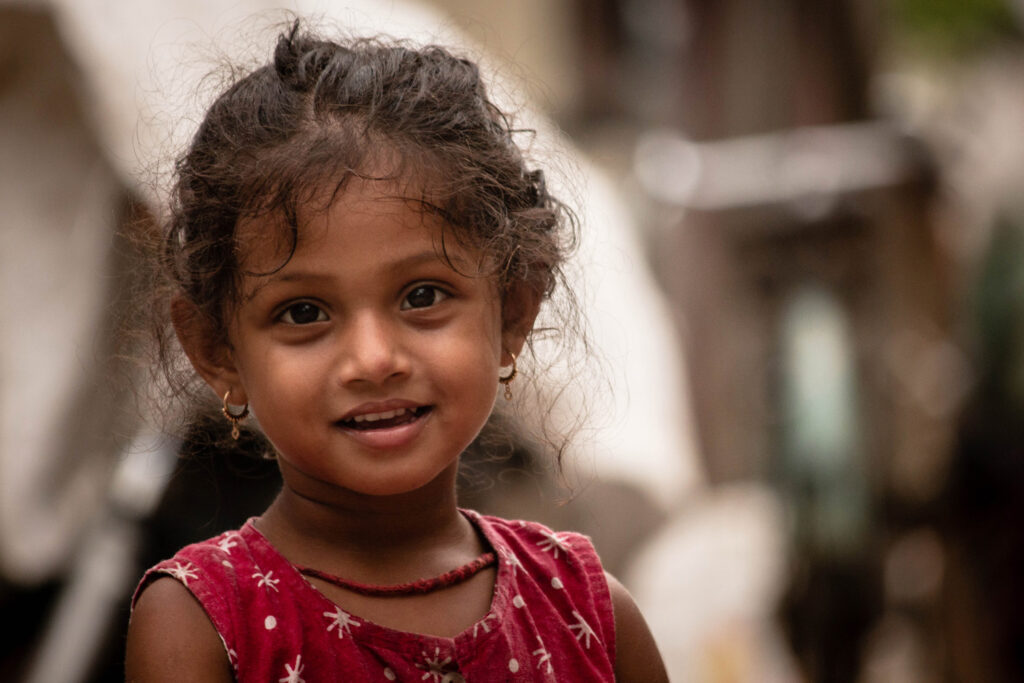
The feminisation of poverty among girls and women happens when more of them are affected by poverty, especially if they are single, widowed, or divorced. Many girls in India don't have the chance to go to school or get job training, limiting their options for good jobs and better pay. This makes it tough for them to gather wealth and assets over time.
This isn't just it; domestic violence and abusive relationships are quite common in this section of society. Violence at home, especially against girls and women, can keep them trapped in poverty, limiting their ability to leave abusive relationships and find steady jobs.
There are many more areas in the life of an at-risk child where the impact of poverty in India is destroying their potential and putting them in harm’s way. CRY has been working with multiple stakeholders – the government, marginalised families, panchayats etc. to help address the issue of poverty and protect children from its consequences. Donate now to help CRY provide the necessary tools to give underprivileged children of India a better future!
We at CRY India works in partnership with local non-governmental organisations (NGOs) and community-based groups, leveraging their grassroots presence and knowledge to implement our programs effectively. The organisation adopts a comprehensive approach, addressing various aspects of child development, to create a conducive environment for underprivileged children to thrive.
Moreover, at CRY India, we are trying to collaborate our efforts with various stakeholders in this process, like — governments, marginalised families, and local governing bodies like panchayats. Together, we address the root causes of poverty to create lasting solutions that protect and empower these children in need.
Your support can make a significant impact. By donating to CRY India, you contribute to shaping a better future for underprivileged children in India. Join us in making a lasting difference – donate now for a brighter tomorrow!
The impact of poverty in India has even more life-threatening effects. Poverty is a relentless cycle where those affected lack resources. Escaping it requires more resources, creating a challenging cycle of need. This cycle needs to be addressed soon.
If we want to do something to break this cycle of despair, we need to know that children can't do this alone. They need resources, which is the most important thing that they lack. So, we must join hands to give them joint efforts. Only then we can able to uplift the lives of these unprivileged children in India and reduce effect of poverty on their lives.